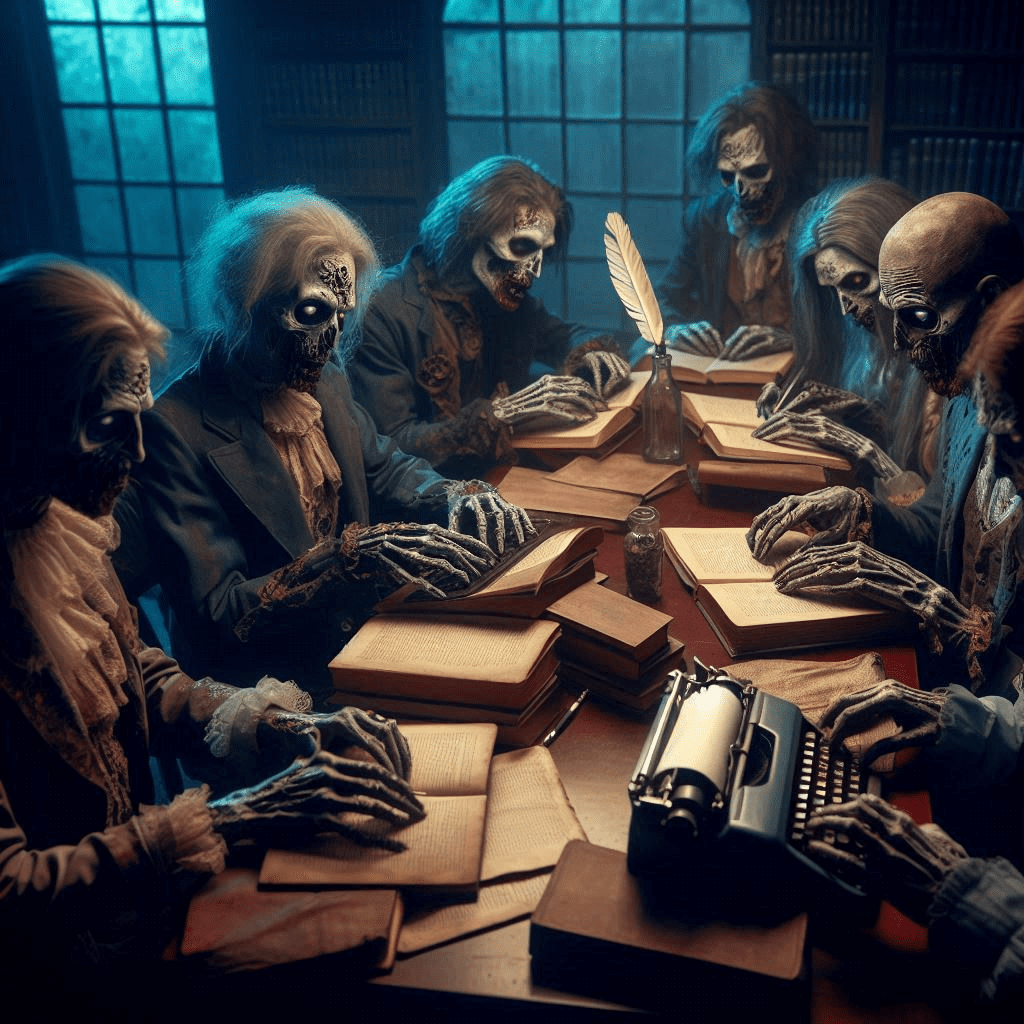A GUIDE TO STARTING YOUR NOVEL IN THE MIDDLE OF THE ACTION
Writing and Learning
Picture it. Your world is built. The central most important characters are imagined, visualized, and have a distinct voice—in your head at least—and now it’s time to spark up good ol’ Betty, or whatever you named your computer, and start writing.
But where do you start?
For a lot of writers, the opening scene tightens the neck muscles, creates tension in the temples, and makes a few of us nauseous. Why? Because the opening scene not only sets the tone for the rest of the book, but more importantly, we have one paragraph to keep the reader reading. And that thought alone can make you want to slam Betty shut.
Listen, don’t freak out. Everything is going to be all right. Check out this ancient trick I just pulled out of my toolbox. Who knows; it might get your creative juices flowing.

In Medias Res is a Latin term meaning in the middle of things. The idea of using this concept in your writing basically suggests to start in the middle of the action.
Your story can start with an argument, a powerful description of thoughts or narrative, suspense, conflict, or a murder.
Put yourself in a reader’s shoes for a moment.
A potential reader is standing in the bookstore amongst thousands of books to purchase. He picks up your novel, reads the flap jacket about this amazing tale of a chemical disaster linked to the zombie apocalypse and only a guy named Tony can save everyone from extinction.
Don’t judge. A lot of people like reading about the end of the world.
The potential buyer of your book opens to page one. It reads…
It was a dark and stormy night. Tony peered out the kitchen window and said, “Wow, it sure is coming down hard outside.” Then he made a sandwich and sat on the couch, watching the weather channel.
What do you think that potential reader just did? You got it, they put the book back on the shelf. No purchase. No review of your book on social media. Sad writer.
If you used the In Medias Res concept instead, what would the first line or paragraph look like?
Let’s give it a whirl…
The sliding door burst open, shattering the tempered glass in a million pieces over the tile floor. Tony jumped from the couch still clutching his bologna sandwich as though it were a weapon, when a less-than-human mutant plunged its head through the remaining door frame.
Okay. This is better and a bit more imaginative, or more visual for the reader. But how can we take this opening scene up a notch?
We can play with it by writing it a few different ways by adding dialog.
Tony rushed in through the garage door, not bothering to close the door behind him. He bolted toward the television, fumbling to pick up the remote. His hands were shaking so bad, he dropped the remote three times.
“What the heck is wrong with you,” Laura asked with mustard smeared on her chin. She had a half-eaten bologna sandwich in one hand and her phone in the other.
“There’s been some kind of explosion at the nuclear power plant!”

Here, we added not only dialog, but a bigger sense of urgency. Now, let’s kick up the intensity by combining the two examples from above.
Tony, rushed in through the garage door, not bothering to close the door behind him. He bolted toward the television, fumbling to pick up the remote. His hands were shaking so badly, he dropped it three times. “What the heck is wrong with you,” Laura asked with mustard smeared on her chin. She had a half-eaten bologna sandwich in one hand and her phone in the other.
“There’s been some kind of explosion at the nuclear power plant!”
Just as he hit the power button on the tv, the sliding door burst open, shattering the tempered glass in a million pieces over the tile floor. Tony jumped in front of Laura, grabbing the bologna sandwich, as though it were a weapon. A less-than-human mutant plunged its head through the broken door frame.
Okay, this is getting more exciting, but still not right. Next, let’s not only combine the original opening, but we’ll increase the stakes a bit more. How does this opening change the intensity?
“Do you want the other half of this sandwich?”
Tony didn’t know those would be his wife’s last words.
Just as a dollop of mustard fell onto her blouse, a bloody hand burst through the sliding door’s tempered glass, shattering it into a million pieces. Before Tony could make sense of the explosion, a man with half his face missing, bit into Laura’s neck and dragged her outside.
This last opening was the fifth draft. Don’t be afraid to rewrite your opening, or any scene for that matter, so it hits the readers in the feel-ski’s. Capture the reader’s attention early and by working on perfecting your opening scene, it will help you see sagging, slow, or unnecessary sentences throughout the rest of your manuscript as well.
-RADolence

